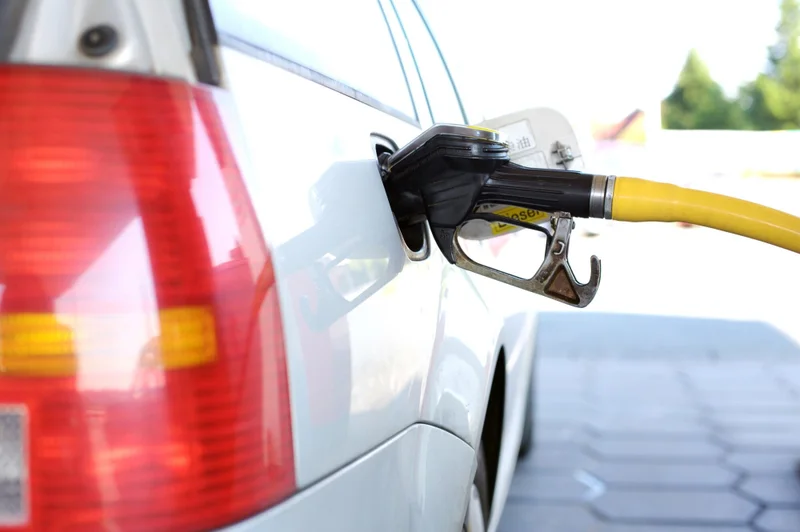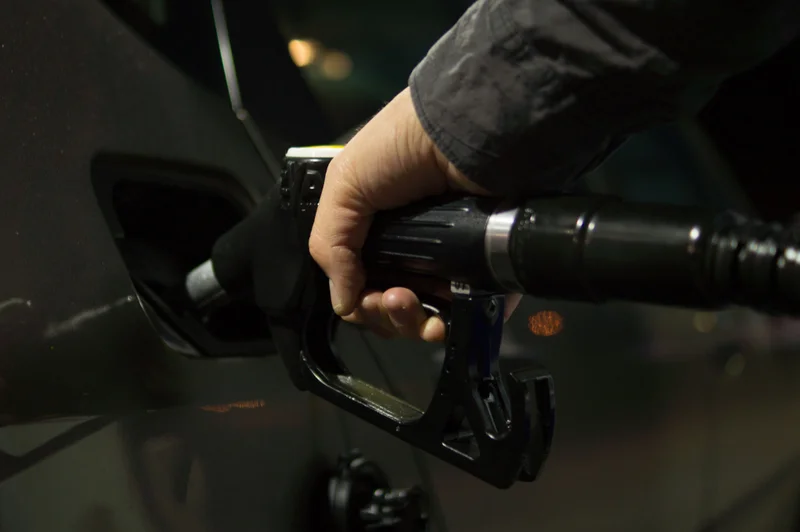Everything You Need to Know About Automated Fuel Dispensers
Do you remember when gas station attendants would fill your tank and wipe down your windshield? Or when you had to rush inside to the counter every time you needed to pay?
For most Americans, those days are long gone. While a few states still have attendants, it’s now far more common to see a self-service fuel dispenser pump. These systems are quick, easy to use, and convenient, helping drivers get in and out in record time.
These self-service pumps frequently have automated fuel pumps which let customers pay at the pump and handle the entire process without an attendant.
Keep reading to discover why automated fuel dispensers have become a staple in modern-day gas stations.

What Is an Automated Fuel Dispenser?
An automated fuel dispenser (AFD) allows customers to pay and pump gas without help. When a card is swiped at a gas dispenser, the system sends an authorization request to the customer’s bank.
The customer then enters verification details, like a PIN or ZIP code. Once approved, they select their fuel and pump their gas. Billing information is then sent automatically, charging the customer’s account.
AFDs were first patented in the 1970s and in the years since then, they have revolutionized the way that people buy gas. By replacing attendants with fuel dispenser tech, there’s less wait time for customers and greater capacity for gas stations.
Many AFDs now include cloud-based fuel management systems. These cloud systems use cutting-edge technology to provide up-to-date information about fuel usage. They can tell you how much fuel you have sold, provide information on fuel loss, and more. This cloud-based technology is easy to install and can usually sync with computers and smartphone apps for easy monitoring.
Risks of Automated Fuel Dispensers
One of the biggest concerns related to automated fuel dispensers is fraud. As these systems rise in popularity, fraudsters try to outsmart them. AFDs do not require the presence of an active attendant. They are therefore more vulnerable to certain kinds of fraud.
An automated fuel dispensing system can be subjected to fraud if a customer fraudulently requests a refund on their gas purchase. This is called "chargeback fraud" and is increasingly common. In fact, according to some estimates, up to 95% of all chargebacks are fraudulent.
Fraudsters might also use card skimmers to steal the credit card data of customers. Skimmers are small electronic devices that connect to card readers.
SIGNS OF FRAUD
Fraud is sometimes hard to detect, but if you know what to watch for you can identify warning signs. There are several suspicious activities that gas station employees should watch out for:
- Be on the lookout for a single customer using more than one pump during the same visit.
- You should also take note if a customer is offering to use their card to pay for another customer's gas in exchange for cash.
- Customers should not fill multiple vehicles in the same AFD transaction, and a customer should not fill large containers with gas.
- All of these activities suggest that someone is purposefully running up a big gas bill. They might later dispute this charge in an act of chargeback fraud.
PREVENTING FRAUD
There are several steps that gas stations can take to prevent fraud before it happens.
First, inspect your gas pumps to make sure that there is no malware attached. Card skimming is a frequent crime and can be tricky to catch.
When looking for card skimmers, you should look for materials or colors that don't match the fuel dispensing system design, misaligned graphics, and any signs of tampering.
Gas stations can also use the fraud mitigation tools offered by major credit card companies. Programs like Visa Transaction Advisor use predictive analytics to stop transactions that try to use lost or stolen cards.
Finally, make sure your AFD can process chip cards, as these are much more secure than non-chip cards.

Pros and Cons of Automated Fuel Dispensers
AFDs are hugely popular, and for good reason, but that doesn't mean that they are flawless. Here are some of the main pros and cons of AFDs.
Pros
- Accept lots of different payment types, including chip cards
- Allow gas stations to track sales digitally, removing the need for paper tickets
- Can improve efficiency by lessening the need for extra staff members
- Supported by pro service teams from proper fuel dispenser providers
Cons
- Higher risk of fraud compared to attended pumps
- Repairs may require technical know-how, meaning longer downtime while they get fixed

Contact DFS for Trusted Fuel Dispensers
Are you looking for more information about automated fuel pumps? Dover Fueling Solutions® has fuel dispensers, electronic payment systems, and gas dispensers for retail and fleet operations. Contact our team for more info!
With facilities worldwide and products in more than 150 countries, DFS delivers the right solution, whether you need a gas station



